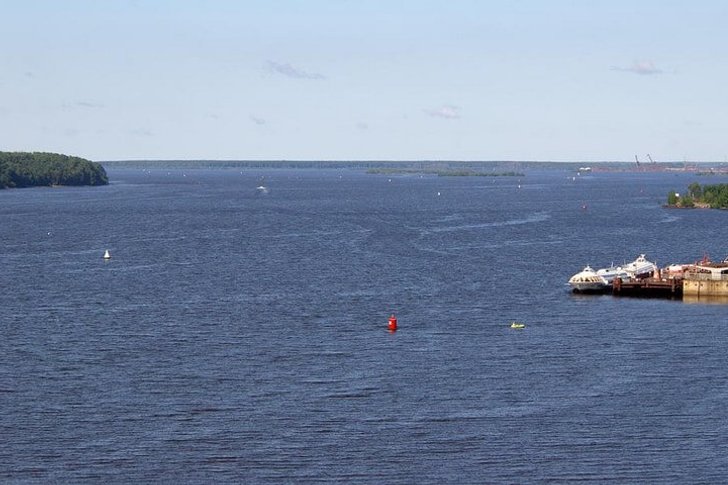Cherepovets is called the "port of five seas". All thanks to the Rybinsk reservoir and access to the Volga-Baltic Canal. In the era of Catherine II, the city became famous for its sterlet, which was delivered straight to the imperial table. Over time, the industrial purpose gave way to steel production. Cherepovets has become a city of metallurgists, which you can learn more about in the museum of the metallurgical industry, the only one in the country.
Travelers notice that the October Bridge, thrown over the Sheksna, is very similar in general terms to the St. Severin Bridge in Cologne. However, the use of Vologda lace in the design makes the project unique. It is worth paying attention to the details of city estates and memorial museums: a lot of interesting things are hidden in them.
What to see and where to go in Cherepovets?
The most interesting and beautiful places for walking. Photos and a short description.
- Manor Galsky
- Resurrection Cathedral
- Chamber theater
- Museum of the Metallurgical Industry
- Art Museum
- Museum of History and Local Lore
- House-Museum of V. V. Vereshchagin
- Museum House of I. A. Milyutin
- Church of the Nativity
- Cathedral of Athanasius and Theodosius of Cherepovets
- Monument to Athanasius and Theodosius
- Monument to metallurgists
- Komsomolsky park
- Oktyabrsky bridge
- The Sheksna River and the Rybinsk Reservoir
Manor Galsky
A manor house with a complex of outbuildings, located within the city. The Historical and Ethnographic Museum was opened there in 1989. Inside, the atmosphere of past centuries is recreated, household items and household items are collected. They tell about the era as a whole, peasant life and the genealogy of the noble families of Cherepovets. On the basis of the museum, master classes in art painting and clay modeling, as well as equestrian sports are held.

Resurrection Cathedral
One of the two temples of the monastery of the same name. It was built in the middle of the 18th century and is now the oldest building in the city. During the Soviet period, it housed a workshop for some time. Full recovery began in the 80s and lasted until the zero. Among other things, new domes appeared, the iconostasis was gilded, the floor was made of stone and the altars were restored.
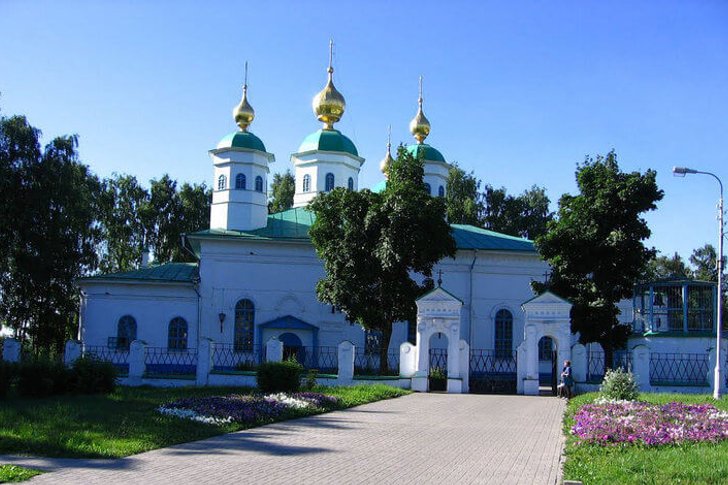
Chamber theater
In the 60s of the last century, representatives of the intelligentsia of the city created a drama circle. It changed over time, but did not have the status of a theater. Only in 1993, the troupe received its own building and the corresponding status. The modern hall can accommodate 438 spectators. The performances in the repertoire are different: from classics to works by contemporary authors. The theater has a youth studio.

Museum of the Metallurgical Industry
Works in the industrial zone of the city since 2015. The place was chosen for convenience and authenticity - the atmosphere around corresponds to the theme. The exposition is located in 4 halls. During the tours, special attention is paid to modern means of conveying information: 3D projections, modeling of industrial processes, installations. Tourists are offered exciting quests, and they will also teach you how to make things from nails and wire.
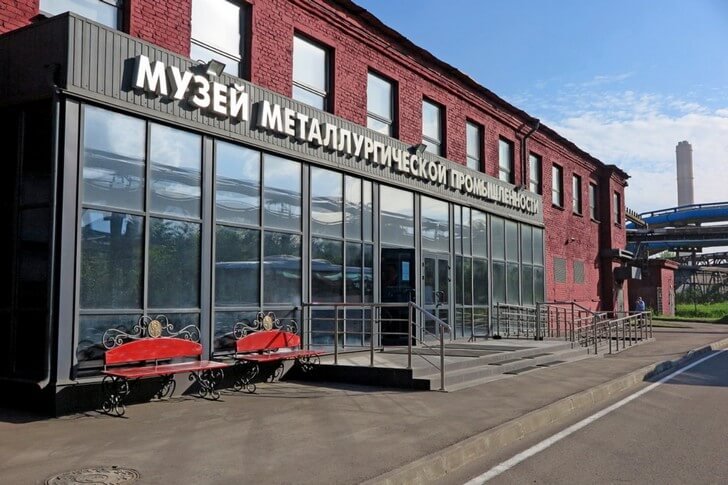
Art Museum
The separation of the art collection from the collection of the local history museum took place in 1938. At first, she was given a small room, and only in 1992 was allocated her own building. Two exhibition halls are occupied by permanent exhibitions: "Russian Art of the 18th-20th Centuries" and "The World of Russian Icons". There is also a separate gallery displaying examples of contemporary art.

Museum of History and Local Lore
It exists since 1896, and the current status since 1925. The exposition traces the development of the city from ancient times to the present day. Particularly interesting exhibits include: weapons of the Horde, a recreated cell of a monk of the Resurrection Monastery, women's ceremonial and home dresses from different centuries. The museum holds master classes in clay modeling, the creation of folk dolls, woodcarving, and knitting.
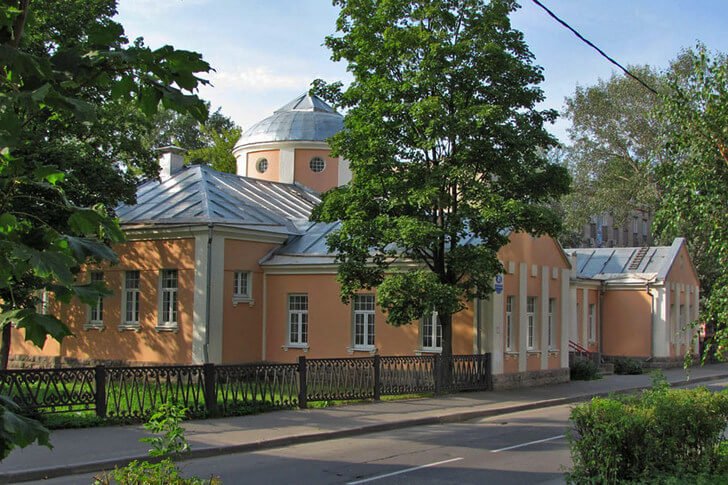
House-Museum of V. V. Vereshchagin
The family of the battle painter lived in this house, built in 1830, for about 50 years. The building was declared a historical monument in 1960. The museum opened here almost a quarter of a century later. In addition to the main house, there are outbuildings on the territory, such as a carriage house, gazebos and baths. The atmosphere inside was recreated according to Vereshchagin's personal notes, including his autobiographical book.

Museum "House of I. A. Milyutin"
The collection tells about the life of Ivan Milyutin, who ruled Cherepovets for about half a century. The exhibits relate to different areas, since the mayor was also a merchant and industrialist. At the same time, there are few originals - things that belonged to Milyutin. Mostly in the museum, evidence of the era is collected. The house itself was built as a country house, and is harmoniously inscribed in the natural landscape.
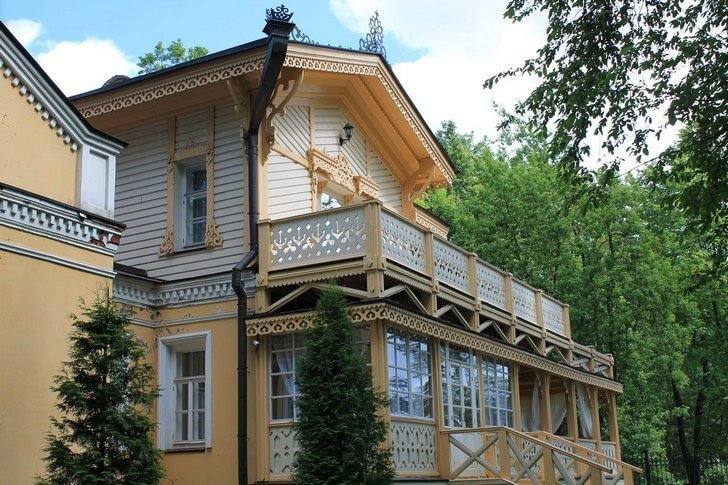
Church of the Nativity
Founded in the 16th century, the first building was wooden. The new building was built in the last years of the 18th century. The temple received believers until the revolution, was closed and burned down. Only in 1997 was the current building consecrated, which had been under construction for several years. If tourists choose the waterway to visit the city, then the Church of the Nativity is the first attraction that meets them.

Cathedral of Athanasius and Theodosius of Cherepovets
Named in honor of the saints - the founders of the city. It was built on the initiative of local Orthodox activists and became only the third church in the city. The consecration took place in 2012. For the construction, they chose a place with a rich history - Makarinsky Grove. Here in the past there was a manor, then the enemies of the Soviet regime were shot and prisoners of war were kept. The ringing of 12 bells of the cathedral can be heard for several kilometers.

Monument to Athanasius and Theodosius
Installed in 2006. Cathedral Hill was chosen as the installation site. Here in 1362 a monastery was founded and Cherepovets appeared. The figures of Athanasius and Theodosius are cast in bronze and have a height of about 4 meters. A. Arkhipov became the author of the sculptural group. The monks are depicted at the moment of making a decision to found a monastery and are delighted with the picturesque area. Nearby is the Resurrection Cathedral.

Monument to metallurgists
In 2005, Severstal and the city authorities held a competition to create a monument to commemorate the contribution of metallurgists to the development of the city. The local sculptor A. Shebunin won. His project was implemented a year later, and given the name "Continuity of generations." He depicts an adult worker who is watching a small boy in a hard hat that is obviously too big for him. Nearby is a stele - a symbol of fire and steel.
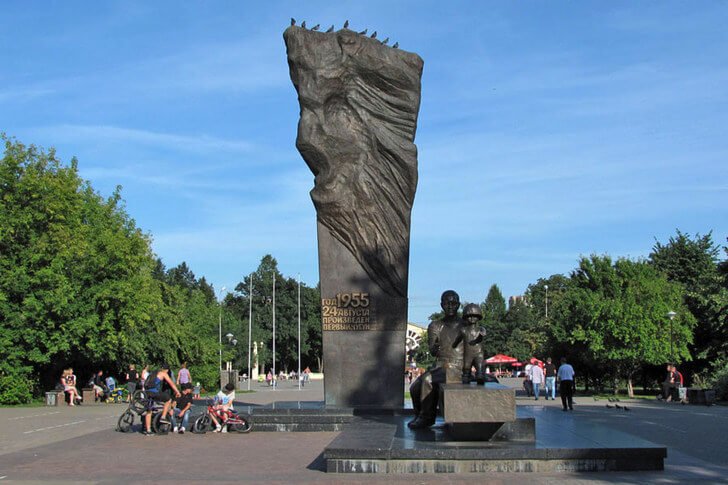
Komsomolsky park
It was destroyed, among other things, by the forces of Komsomol members in 1958 on the territory of the former Pokrovskaya Square and the cemetery of the same name adjacent to it. The territory occupies about 4.3 hectares. The alleys were planted with trees brought from the surrounding villages, as well as from the Moscow region. The total number of plant species in the park is more than 60. In 1996, a monument was erected at the site of the alleged burial of Ivan Milyutin.

Oktyabrsky bridge
Transferred across the Sheksna River in 1979. At one time it was the first and only cable-stayed automobile bridge in the country. The length is 781 meters, of which the main span is more than 194 meters. In its appearance and design, Oktyabrsky is similar to the St. Severin Bridge in Cologne. Noteworthy are the railings for the parapet. They are decorated in the style of Vologda lace. Also on the bridge there are bas-reliefs - coats of arms of 15 cities of the region.
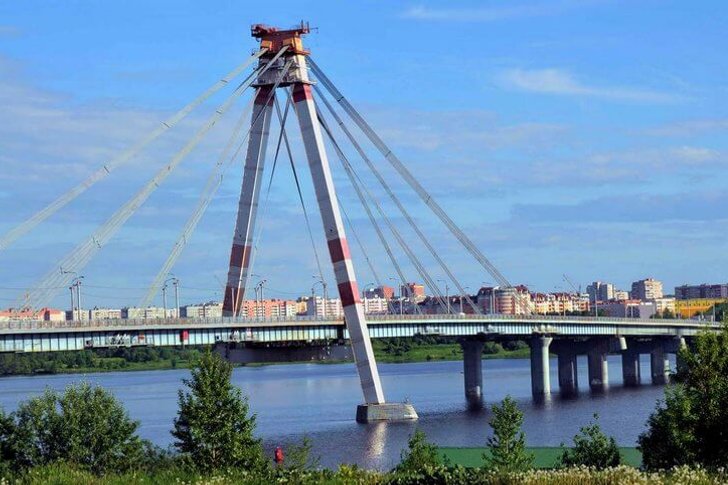
The Sheksna River and the Rybinsk Reservoir
The source of Sheksna is White Lake. It flows within the Vologda Oblast and has a length of 139 km. The river flows into the Rybinsk reservoir with an area of 4580 km². It appeared during the construction of the hydroelectric complex and currently performs a number of functions. Among other things, the "Rybinsk Sea" is used by the Institute of Biology of Inland Waters for research. They also go in for sailing, fishing and relaxing on the coast.
